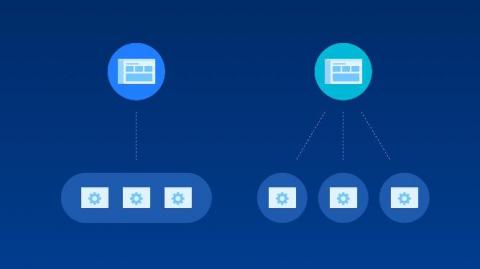Systems | Development | Analytics | API | Testing
Microservices
Node.js Microservices: Developing Node.js Apps Based On Microservices
Node.js application developers, in the ever-evolving business landscape, enjoy tangible advantages while incorporating microservices in Node.js apps development. The microservice architecture, or microservices, is a distinct method of software systems development, which attempts to create modules that are single-function, with well-defined operations and interfaces.
Kong Demo: Protecting Microservices with Servicemesh
Observability For Your Microservices Using Kong, Kubernetes, and Prometheus
Supporting Legacy Web Services With Kong
Let’s admit it – web services (SOAP) are here to stay for a few more years, and maybe for a long time in some places where there is no business incentive to rebuild them. However, with a decline in new SOAP web services and most applications moving to cloud native architectures, a common query is “how can we support legacy services while moving to microservices?”
What Are Microservices? What You Need to Know
API Trends: From Monolithic to Microservices
Debugging Workflows Two Ways
Today, service architecture is becoming increasingly complex with the explosion of new software techniques such as microservices. However, the performance of a system often is dependent on engineers’ ability to debug gnarly problems. The increase in complexity that comes with new microservices architectures makes debugging that much harder. In fact, some companies are considering reverting back to monoliths because of the increased difficulty of debugging, among a host of other challenges.
Best Practices for Moving from a Monolith to Microservices
In the first post of this series, we looked at the state of your organization, how to tell if Microservices are right for you, and wrapped up with a few challenges this architecture brings to the table. In this article, we will look at organizational changes that will help you adopt a Microservice architecture. Additionally, we will touch on topics like how to bring change to your organization, how to embrace the primacy effect, and why you should embrace cross-functional teams.










